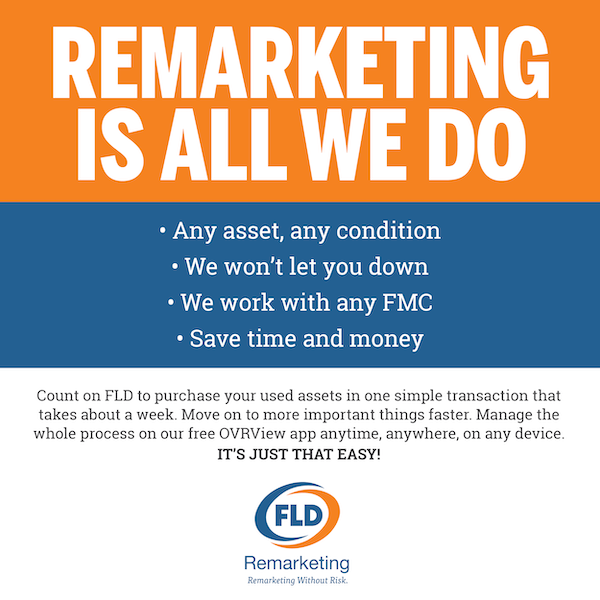
By CEI
No matter how safe our roads, vehicles and drivers become, traffic accidents are still going to happen, and fleets are going to spend money – lots of it – fixing those vehicles. Fleets spend on average four percent of their overall operating budget on collision repairs, and are always under pressure to reduce expenses.
By following these eight steps for each and every accident, fleets can save up to 10% or more on their annual accident repair bill:
1. Review the estimate. This is the single most important step for saving money on accident repairs. Overworked fleet managers can be tempted to rubber stamp estimates just to save time. The downside is that they may overlook the many ways they might find to reduce the money they spend on each job. Take a tip from an accident management company that has a team of licensed appraisers to scrub every shop estimate: carefully examining estimates for parts and labor can often uncover savings opportunities.
2. Avoid duplicate charges. There are industry standards for the time for any repair, and they involve removal and reinstallation of other parts in the way. Watch out for two or more repairs that can be accomplished with the same removal and reinstallation of those parts.
3. Postpone or avoid cosmetic repairs. If the image of your vehicle isn’t of primary importance, spend money only to make the vehicle safe to operate. If you’re leasing a vehicle, it may pay to have all cosmetic damage repaired, but use your discretion and calculate the cost benefit when deciding whether to authorize the repair.
4. Use less expensive parts. OEM parts are almost always more expensive than aftermarket parts or parts salvaged from a junkyard (also known as “Like Kind and Quality” or “LKQ parts). Be careful, though, to be sure the parts you use are as good as OEM parts, and that meet the same standards for fit and tolerances, and meet any standards specified by company policy or lease terms.
5. Use paintless dent repair (PDR), when possible. Some dents and dings can be tapped out by technicians trained in PDR techniques. PDR avoids sanding, filling and painting, and can cost as much as one-third or more as a traditional dent repair.
6. Avoid delays. Time is money, and in collision repair the cost of a rented temporary replacement vehicle and storage charges are conspicuous.
7. Use fleet-proven vendors. By utilizing fleet-proven repair facilities that are accustomed to performance reviews by accident management companies, you can be sure of receiving the highest-quality service, at the right price, with minimal downtime. They also are better acquainted with the latest technology that can give you more detailed repair data in real time.
8. Collect from third-party drivers who cause your accidents. This won’t save you money on repairs, but it will offset your expenses, effectively accomplishing the same thing. CEI finds loss recovery potential in 25 to 30 percent of the accident claims it handles. If your fleet doesn’t, there’s room for improvement.
Because of the breadth and depth of a fleet manager’s responsibilities, handling accidents with in-house resources may be difficult. A true fleet driver management provider combines the best technology, processes and experts to ensure maximum savings with minimal downtime.

